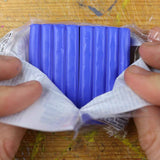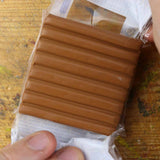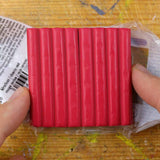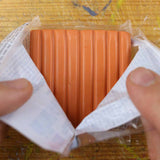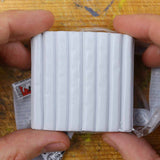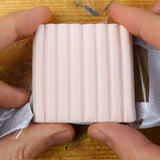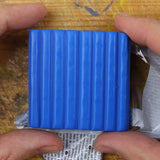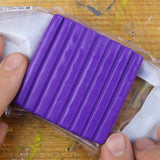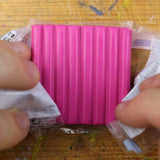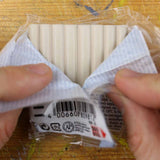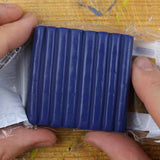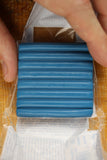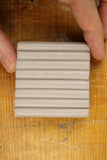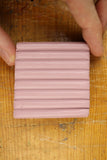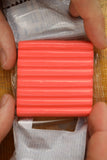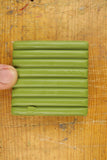Yes, you can dye polymer clay with color dye, but there are specific methods and materials that work best for this purpose. Alcohol-based inks and powdered pigments are commonly used to add color to polymer clay before baking. These materials are preferred because they do not introduce water into the clay, which can create air bubbles and affect the final result. Alcohol inks are particularly effective for coloring white polymer clay as they blend well and do not cause air bubbles during baking. It's important to allow the clay to dry thoroughly after adding alcohol-based colors to ensure that all the alcohol evaporates before baking.
Powdered pigments, such as mica powder or crayon shavings, are another option for coloring polymer clay. These can be kneaded into the clay to create vibrant colors. Unlike alcohol-based inks, powdered pigments do not introduce moisture into the clay, which makes them a safe option for coloring before baking. However, it's important to mix the pigment thoroughly to ensure an even color throughout the clay.
While food coloring is a common dye, it is not recommended for use with polymer clay due to its water and sugar content, which can affect the baking process and final strength of the clay. Instead, opting for non-toxic colorants specifically designed for polymer clay is advised.
In terms of the types of colorants, pigments and dyes have different properties: pigments are insoluble particles that need to be mixed with a binder, whereas dyes dissolve in the material they are coloring. For polymer clay, pigments tend to be more commonly used as they are less likely to affect the clay's baking process. However, both can be used, with pigments being preferred for their stability and vibrancy after baking.
Always test a small piece of colored clay before committing to a larger project to ensure the color and texture meet your expectations after baking.




































